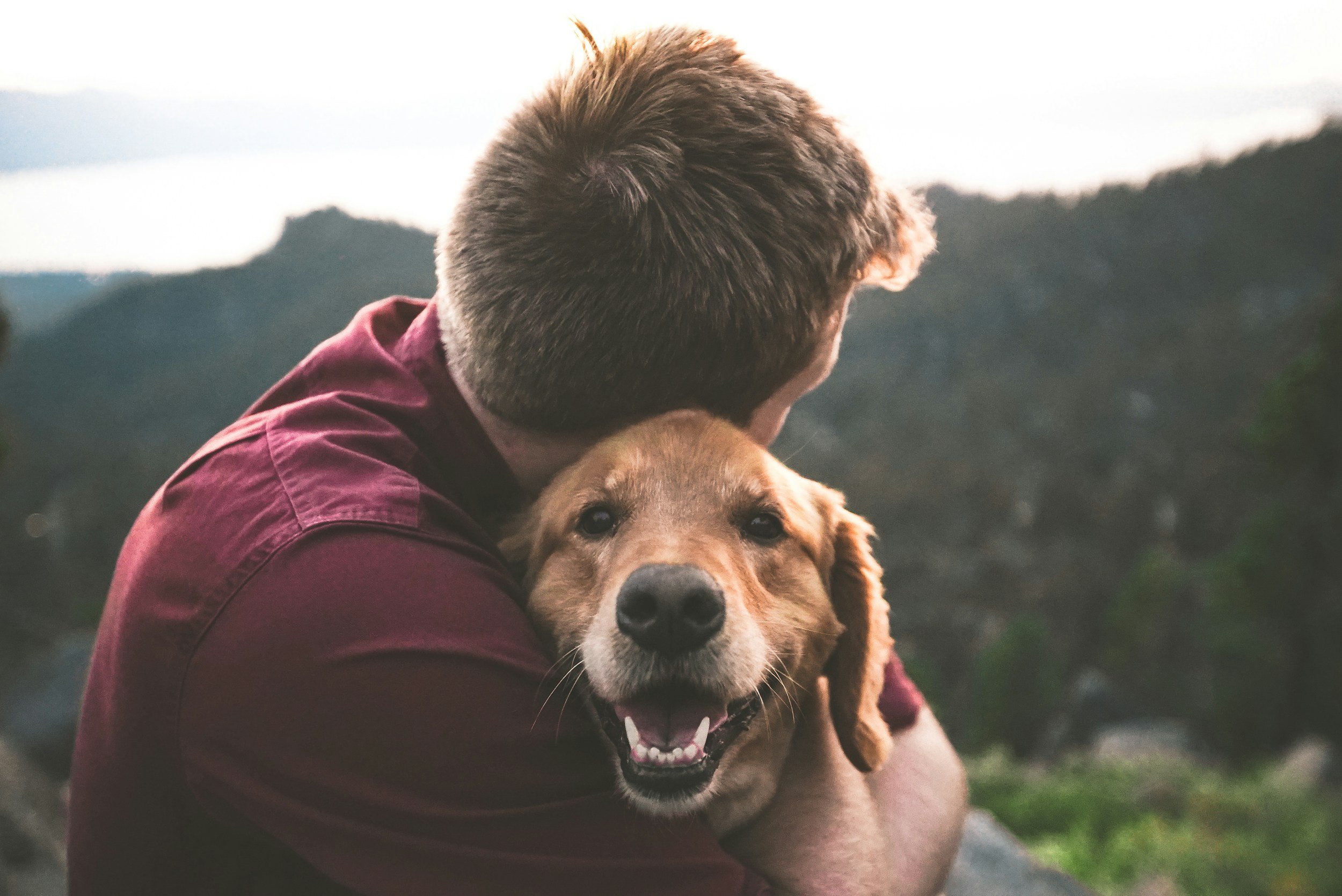
A Final Act of Love: Honoring Pets Through Thoughtful End-of-Life Choices
End-of-life care decisions, from veterinary support to aftercare options, allow pet owners to ensure their animal’s final moments are filled with comfort, dignity, and peace. Thoughtful planning—whether it’s choosing in-home euthanasia, selecting a sustainable aftercare method like aquamation, or creating a meaningful farewell—can provide closure and honor a pet’s lasting impact.

Love and Legacy: Honoring Pets with Meaningful Decisions
For many of us, pets are more than companions—they are family. When their time with us comes to an end, the choices we make for their aftercare not only reflect our love but also leave a legacy of how we honor the bond we shared. In Fargo, North Dakota, where pet owners seek compassionate solutions, these decisions are an opportunity to merge love with meaningful action.
Flame-based “traditional” pet cremation is a familiar choice, offering closure through memorialization. Yet, as more people explore environmentally conscious options, aquamation is emerging as a thoughtful alternative. This water-based process mirrors the natural decomposition of life, using far less energy and producing minimal emissions compared to cremation. According to research by Bartley et al. (2020), aquamation consumes only one-tenth the energy of fire-based cremation, reducing the environmental impact while offering the same opportunity to honor your pet’s memory.

Planning Ahead for Peace of Mind: Why Pre-Planning Pet Aftercare Matters
Losing a beloved pet is one of the hardest experiences a family can face, but thoughtful planning can bring peace of mind during such an emotional time. Pre-planning pet aftercare allows families to focus on celebrating their pet’s life instead of making rushed decisions during moments of grief.

Why Do Euthanasia Requests Spike in Veterinary Clinics During the Holidays?
Veterinary clinics often report an increase in euthanasia requests during November and December. While scientific studies on this trend are limited, several factors are widely believed to contribute to this seasonal pattern…

Eco-Friendly Urns: Honoring Your Loved One While Caring for the Planet
One of the primary benefits of eco-friendly urns is the use of sustainable materials. Unlike traditional urns made from metal, wood, or ceramic, many eco-friendly urns are crafted from biodegradable substances like bamboo, cornstarch, recycled paper, or even natural salts

A Brief History of Urns: From Ancient Traditions to Modern Memorials
One of the earliest known uses of urns dates back to the Bronze Age (3300-1200 BCE), where archaeological findings reveal that people from ancient China, Greece, and Rome used urns to hold cremated remains. In ancient Greece, urns, or lekythos, were used in funeral rites and often adorned with depictions of mourning scenes or mythological stories

Environmental and Health Concerns of Modern U.S. Burial Practices
Modern U.S. burial practices, though steeped in cultural and religious traditions, carry a significant environmental burden. Traditional in-ground burials often involve embalming, the use of non-biodegradable caskets, and the allocation of vast tracts of land for cemeteries, all of which raise serious environmental concerns. Embalming fluid, which commonly contains formaldehyde, presents a particularly troubling issue. Formaldehyde is a known carcinogen, and its seepage into the soil from buried bodies can contaminate groundwater, posing long-term public health risks.

A Brief History of US Burial Practices
The development of rural cemeteries, while innovative, did not fully address the public health concerns that emerged as cities grew. Overcrowded cemeteries, particularly in urban areas, sparked fears of water contamination and the spread of disease, as decomposing bodies were suspected of contributing to these risks...
